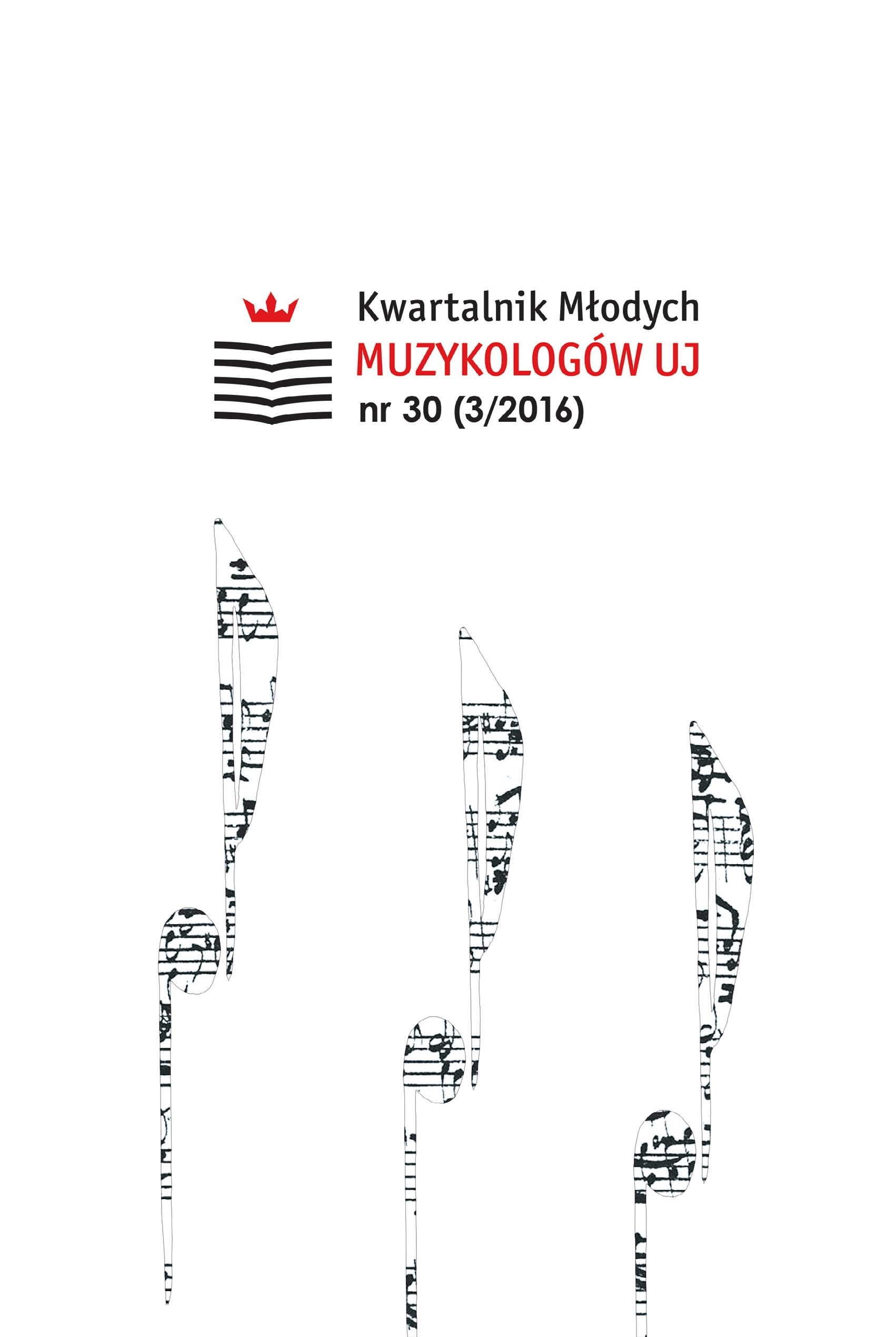Rhetorical figures and rhetorical strategies in The Minotaur by Harrison Birtwistle
Rhetorical figures and rhetorical strategies in The Minotaur by Harrison Birtwistle
Author(s): Dominika MicałSubject(s): History, Social Sciences, Fine Arts / Performing Arts, Cultural history, Psychology, Music, Sociology, Local History / Microhistory, Social history, Modern Age, Recent History (1900 till today), Sociology of Art
Published by: Wydawnictwo Uniwersytetu Jagiellońskiego
Keywords: Harrison Birtwistle; David Harsent; Minotaur; musical rhetoric; contemporary opera
Summary/Abstract: Rhetorical figures and rhetorical strategies in The Minotaur by Harrison Birtwistle The Minotaur is the opera composed by Harrison Birtwistle to libretto by David Harsent. It was premiered in 2008 in Royal Opera House, Covent Garden. Birtwistle’s musical language is basically modernist: atonal, centralised, based on interval or number patterns, pre-compositional operations, scales invented by the composer himself. His music is recognised as generally intellectual and connected with great avantgarde of 20th century. On the other hand, Birtwistle has never denied expression in his pieces. Titles and extra-musical inspirations are common (i.e. Melencolia 1). Birtwistle is inspired by music of the Middle Ages, Renaissance, and, less often, Baroque. The score of The Minotaur is full of rhetorical figures: both hypothyposis and emphasis. They are evident and immediately recognised in spite of contemporary, atonal language of the opera. Mostly, they are inspired by Baroque musical-rhetorical figures but there are examples of individual, contemporary means. Figures are local and connected with only one or few words. General atmosphere of fear and isolation can be created with ‘rhetorical strategies’, which are active much longer than figures. Birtwistle uses musical symbols as well. There are two main symbols in The Minotaur: the iambic ‘glissando gesture’ which opens the opera and appears in its key moments, and the ‘motif of fate’ – repetition connected with powers of fate and with tragic irony. The question is, why Birtwistle used so traditional and instantly recognisable means, as he is known for his highly intellectual music. Answer given in this text is that they stay in service of narration. They are audible and visible signs of telling the story.
Journal: Kwartalnik Młodych Muzykologów UJ
- Issue Year: 2016
- Issue No: 03 (30)
- Page Range: 89-114
- Page Count: 26
- Language: English

